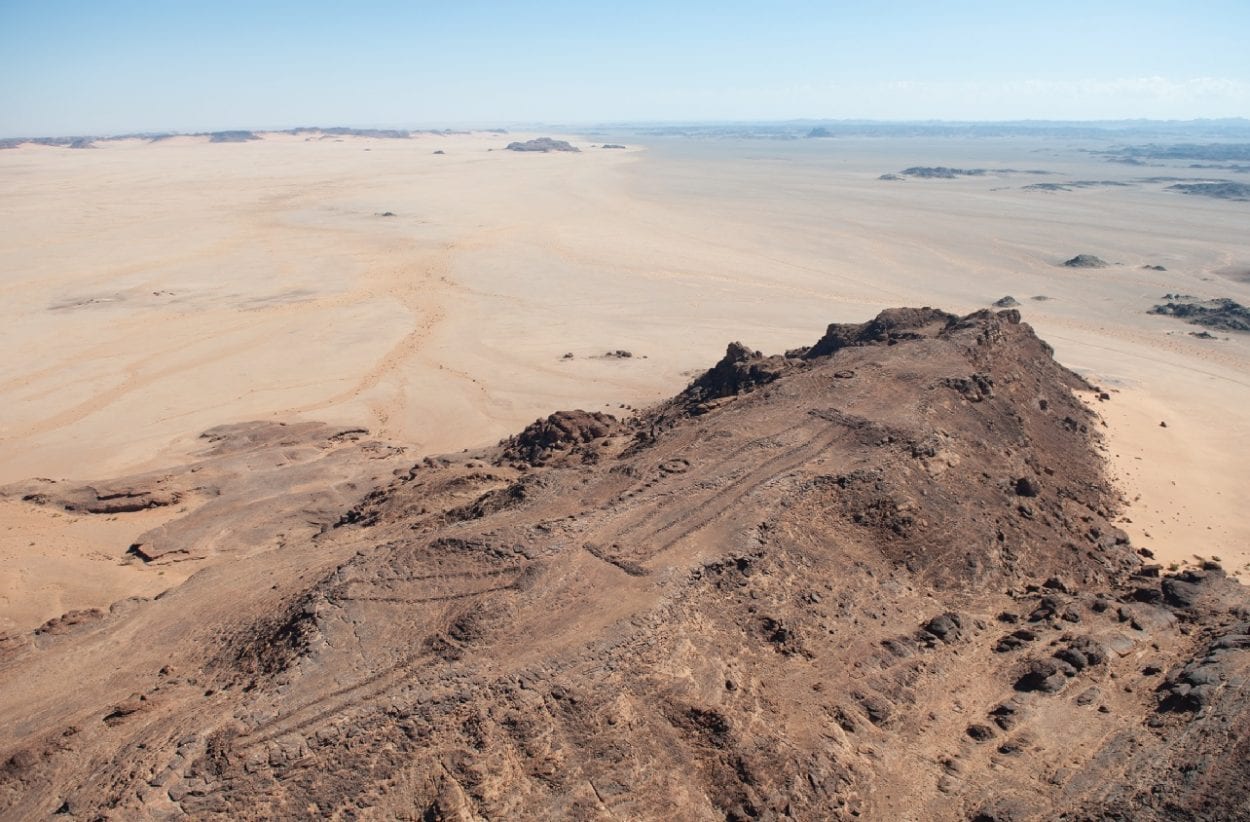Over 1000 large rectangular monuments known as mustatils have been documented during a survey of North-western Arabia, that archaeologists suggest may represent the earliest known widespread tradition of monument building across a wide area.
The study was conducted by a team of archaeologists from the University of Western Australia, in sponsorship by the Royal Commission for AlUla (RCU), who surveyed an area of 200,000 km² by helicopter.
The results were published in the journal Antiquity, that reveals nearly twice as many mustatils in the region as previously thought.
Dr Melissa Kennedy, assistant director of the project from the University of Western Australia said: “Some of these monumental structures must have been constructed by large groups of people, suggesting that communities came together to build these features.”

Excavations of one mustatil revealed that the monuments were more complex than previously believed, featuring distinct entranceways, organised ‘cells’ and standing stones. The team’s excavations also helped confirm recent assumptions that these structures were built for rituals, as they uncovered an apparent offering of cattle horns and skull parts.
Cattle was a vital part of the lives of the early pastoralists in the region who likely built these structures, and apparent ‘cattle cults’ have been found around 900 years later in southern Arabia. Given the consistency in the design of the mustatils, it appears these beliefs were widespread across northwest Arabia.
Radiocarbon dating suggests that the monuments date to the Neolithic, around 5300-5000 BC, for which Dr Kennedy commented: “The mustatils of northwest Arabia represents the first large-scale, monumental ritual landscape anywhere in the world, predating Stonehenge by more than 2500 years.” Find out more







